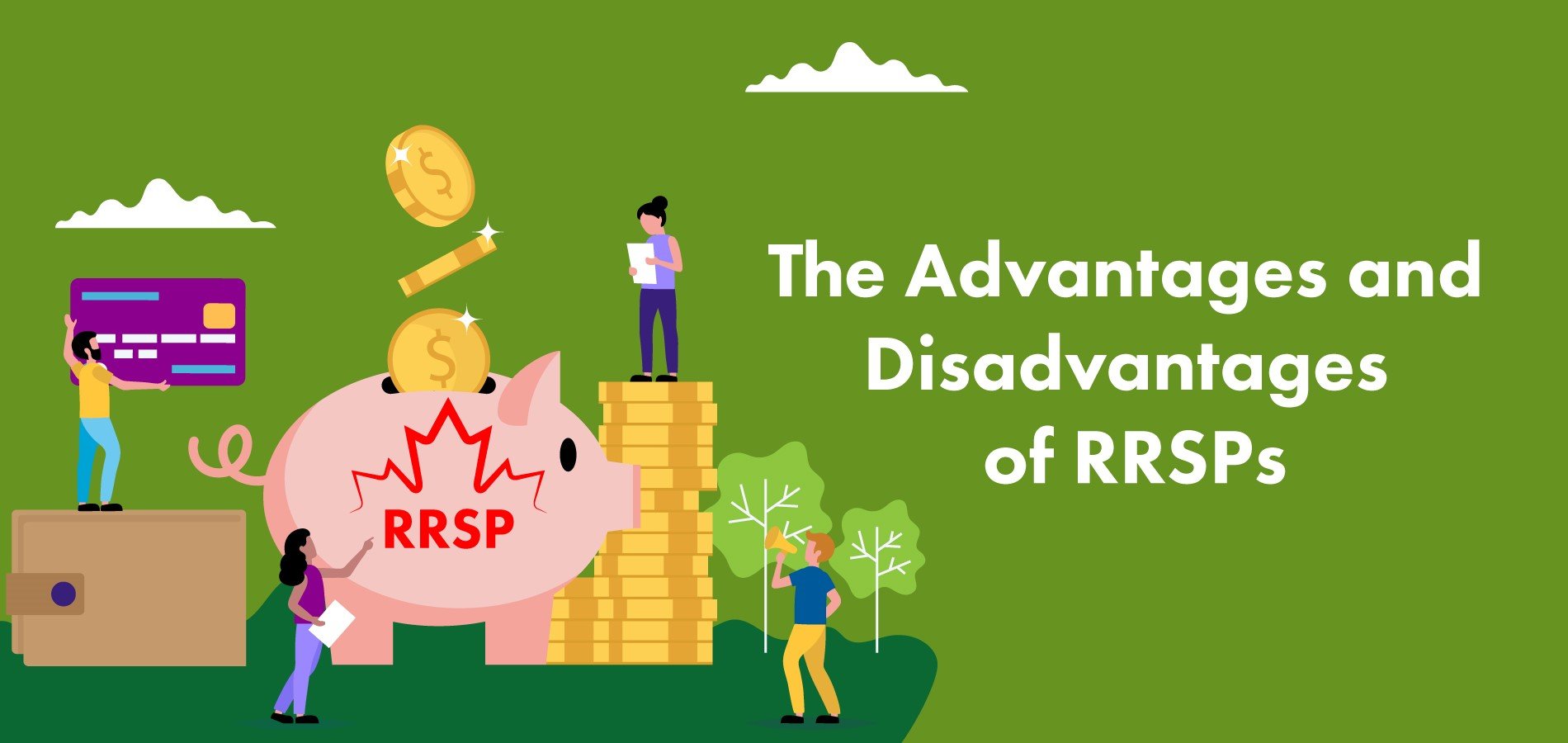When a person borrows money to invest in stocks or real estate, this is called an investment loan in Canada. In many cases, the interest payments are tax deductible. However, there are risks.
How does an investment loan work?
With traditional investing, you save money and then put the cash into stocks, real estate or other investments. Leveraged investing lets you invest borrowed money, allowing you to purchase more investments than you could with just your savings. This is one of the benefits of an investment loan.
You may be eligible for an investment loan interest tax deduction. For example, let’s say you borrowed $10,000 to invest in stocks. The stocks went up and you sold them for $15,000; the loan interest cost you $1,000. You would only have to report a gain of $4,000 on your tax return - $5,000 in capital gains less the interest cost of $1,000.
If you plan on taking out an investment loan in Canada, be sure to check with your accountant or financial advisor about whether the loan interest is tax deductible.
What are the risks of an investment loan?
You could lose money! With a regular investment, you can lose your savings. If you take out an investment loan, you not only could lose your investment, you can also end up having to pay back the loan – with interest.
Can I borrow to invest in my RRSP?
Definitely. This type of borrowing may be the least risky investment loan. Let’s say you have $10,000 in RRSP room but don’t have the cash to invest. You can borrow the money to put in your RRSP – and receive a tax deduction for your contribution. You can then use the tax refund to pay the interest on the loan.
Many lenders will make RRSP loans at reasonable investment loan rates, such as prime or prime plus one. You can also take out a mortgage line of credit against the equity you have built up in your house. These investment loan rates are usually quite low so that’s an advantage.
This still has risks. You need to have the income to pay the interest and principal on the loan. So make sure you have a plan for repayment.
Can I borrow to invest in a non-registered account?
Yes. You can take out a loan to invest in stocks outside your RRSP. The interest paid may be deducted from any profits you make on the investment. Check with your accountant or financial advisor to make sure that the interest qualifies for a tax deduction. Repayment of the principal is not eligible for a tax deduction.
What is a margin account?
This is a brokerage account that allows investors to purchase stocks using borrowed money. Normally, the investor pays part of the cost and borrows the remainder.
There are two warnings about margin accounts:
- The investment loan rates can be quite high, ranging from 5 to 10 percent. This makes margin accounts most suitable to purchasing stocks and then selling them after a short period. It’s not really suitable for a “buy-and-hold” strategy.
- If your stock goes down, your stock broker may ask for a “margin call.” You will need to put cash into your account in order to cover these potential losses. Normally, you have only two or three days to come up with the money.
As you can see, margin accounts are not for the faint of heart. You must be comfortable with risk and have other assets that you can cash in if you need to cover your losses.
Can I get an investment loan in Canada to invest in real estate?
Yes. If you are planning to purchase a rental property, you can usually secure a loan for this investment. Again, it’s important to make sure that you will be able to pay the interest and principal.
Before you make your purchase, research how much rental income you will be able to generate. Estimate your costs of borrowing plus the cost of maintaining the rental property (property taxes, snowplowing, repairs and so on).
With rental properties, there are risks. You may not be able to fill the rental or your tenants may not pay. Be sure to look into the vacancy rate in your community to determine supply vs demand. If your property is vacant for several months, it will be hard on your cash flow as you still need to make loan payments and cover maintenance costs.
Borrowing to purchase a rental property is eligible for an investment loan tax deduction. You can deduct the interest, as well as the other expenses associated with maintaining the rental property.
Is borrowing to invest worthwhile?
Stocks usually appreciate in value but in three of every 10 years they show a decline (a bear market). Borrowing to invest works well as long as you are willing to hold your investments for the long term, waiting out any ups and downs.
Borrowing to purchase a rental property can make sense. The stream of rental income will help to cover the interest and principal. Just be sure to have an emergency plan in case you can’t lease the space or your tenants don’t pay.
In part, borrowing to invest depends on your comfort with risk. When you borrow and your investment loses money, you are still on the hook for the principal and interest. If the thought of this keeps you awake at night, borrowing to invest may not be a good idea.
Investment loan calculator
Several financial institutions offer calculators to help you determine the costs associated with borrowing to invest in Canada. Here’s one from RBC.
Loan Calculators - RBC Royal Bank





